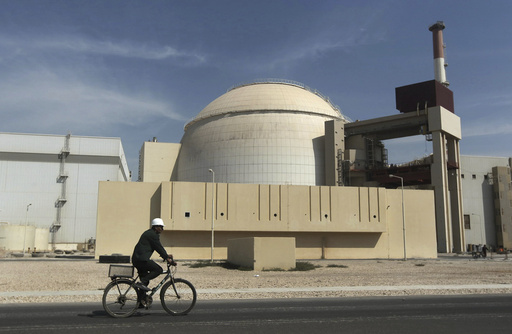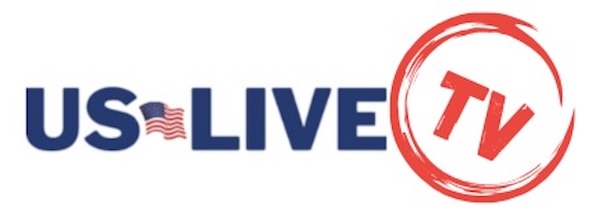In Vienna, a report from the International Atomic Energy Agency (IAEA) recently highlighted a significant increase in Iran’s production of uranium enriched up to 60%, raising global concerns. This uptick in uranium enrichment comes amid escalating tensions between Tehran and Washington following U.S. President Donald Trump’s election. The report suggests that Iran now possesses 274.8 kilograms (605.8 pounds) of uranium at this level, marking an increase of 92.5 kilograms (203.9 pounds) since the agency’s last report. Such high levels are alarmingly close to weapons-grade enrichment of 90%.
This development underscores a marked deviation from previous agreements. Last November, the stockpile was recorded at 182.3 kilograms (401.9 pounds) and 164.7 kilograms (363.1 pounds) just a few months earlier in August. The IAEA report gravely pointed out that Iran is the only non-nuclear weapon state producing such highly enriched nuclear material, which is enough to manufacture an atomic bomb if further enriched.
Additionally, as of February 8th, the report indicates that Iran’s entire enriched uranium stockpile reached 8,294.4 kilograms (18,286 pounds), an increase of 1,690 kilograms (3,725.8 pounds) from the previous report in November. President Trump maintained a firm stance, emphasizing that Iran’s acquisition of nuclear weapons must be averted at all costs. However, he also articulated willingness to engage in talks with Iran to resolve bilateral disparities.
During Trump’s first tenure, relations with Tehran were notably strained. His 2018 withdrawal from the Iran nuclear deal, reapplication of economic sanctions, and the targeted assassination of Iran’s top general were pivotal events. Under the original 2015 nuclear deal, Iran’s uranium enrichment was capped at 3.67% with a uranium stockpile limit of 300 kilograms. As Iran ramps up its uranium enrichment, pressures are mounting on the U.S. administration, which continues to enforce maximum pressure through sanctions, particularly affecting Iran’s oil trade.
Iranian Supreme Leader Ayatollah Ali Khamenei suggested a willingness for dialogue with the U.S., initially opening the door for discussions with the “enemy” in a past speech. Yet, he later shifted his stance, criticizing proposed nuclear talks under prevailing U.S. pressure as neither wise nor honorable. Iran’s Foreign Minister, Abbas Araghchi, reiterated that negotiations under duress would not be entertained.
Despite Iran’s assertion that its nuclear program is for peaceful purposes, IAEA Director General Rafael Mariano Grossi had previously warned of Tehran’s potential to create multiple nuclear weapons if it chose that path. Although U.S. intelligence indicates that Iran has not yet embarked on a weapons program, it appears that Tehran is positioning itself favorably to build a nuclear device if required.
Iran’s recent move to operate more centrifuges illustrates its intent to dramatically expand its near weapons-grade uranium stockpile, a response triggered by the IAEA Board of Governors’ resolution critiquing Iran for its lack of cooperation. Iran’s entry ban on select IAEA inspectors since September 2023 remains two years after an agreement to address these issues.
The report further mentions unresolved questions about uranium particles found in Varamin and Turquzabad. Despite a joint statement two years ago, little progress has been made to address these concerns. Recent discussions between Grossi and Araghchi proposed renewing cooperative measures to ensure transparency in Iran’s nuclear activities.
Confirmations in the report also account for an increase in operating advanced centrifuges, notably five additional IR-6 centrifuges at Fordo and twelve new IR-2m centrifuges at Natanz. Under the initial 2015 nuclear agreement, Iran was limited to using basic IR-1 centrifuges at Natanz, emphasizing the country’s increasing nuclear capabilities as it employs advanced models to quickly enrich uranium far beyond the original constraints.




